 LaLa sitting pretty for someone else while out on errands with my husband.
LaLa sitting pretty for someone else while out on errands with my husband. Feedback is information that lets your dog know whether they are on the right track or not, depending on what you are doing with them. It is important that feedback is given at a well-timed point to let them know in that moment if they are performing or working in the direction or task that you want. Ideally you want this feedback to be able to be given with some space in between you once you get going. Rewards and corrections are a type of feedback that is close up. Instead in this article, I am going to talk about equipment, the clicker, and verbal, your voice. LaLa is probably being told she is a "good girl" when sitting pretty for a stranger above. Good is a marker for "Good Job and Keep Going".



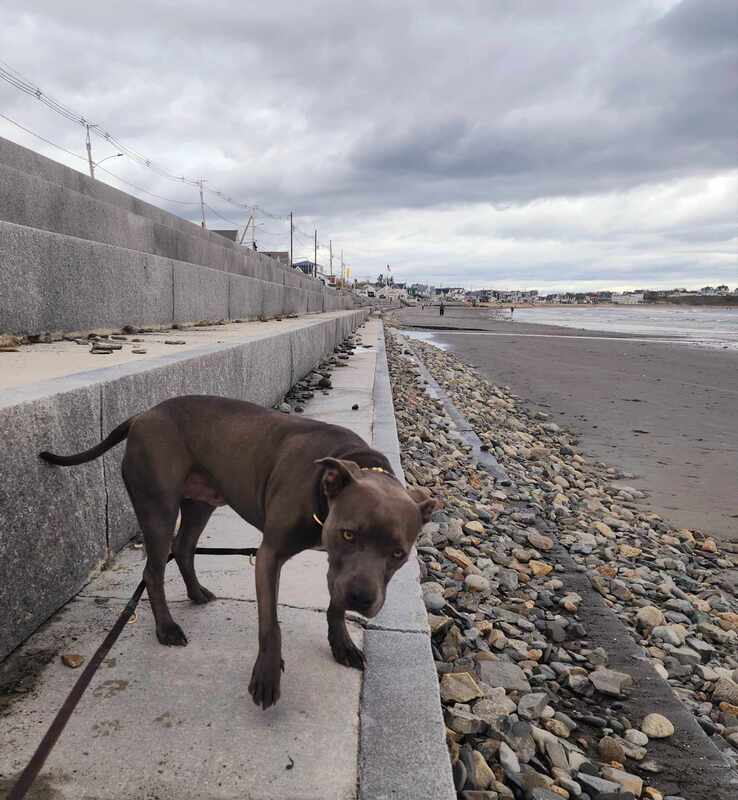
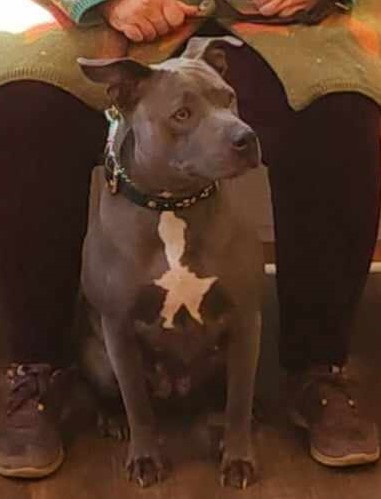
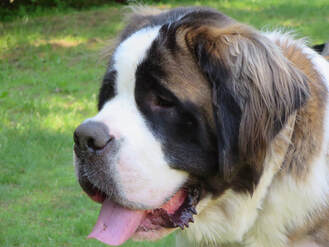
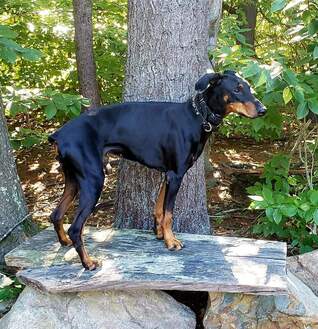
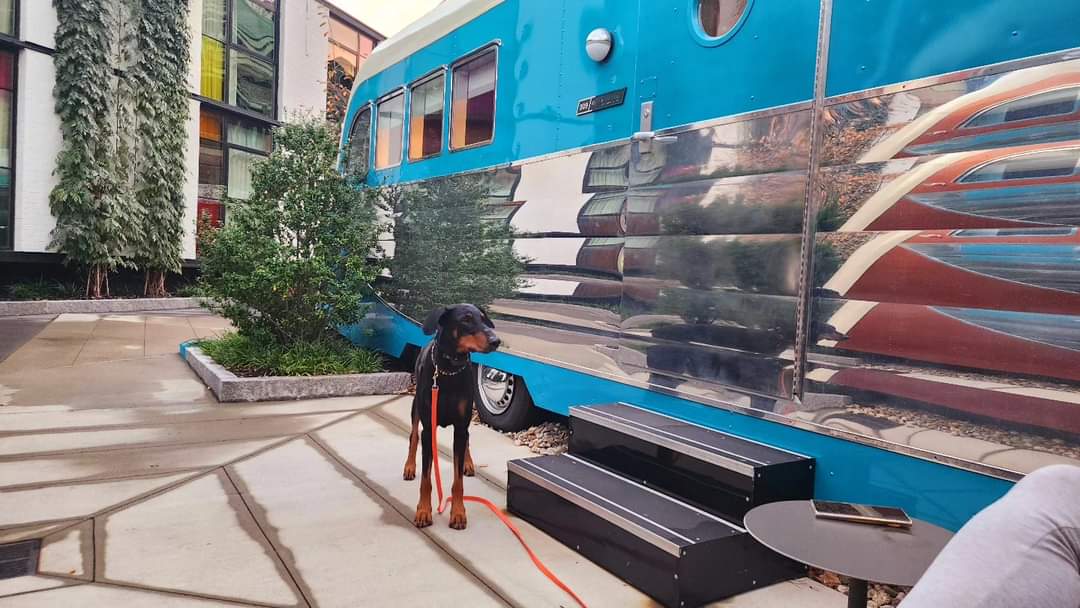
 RSS Feed
RSS Feed